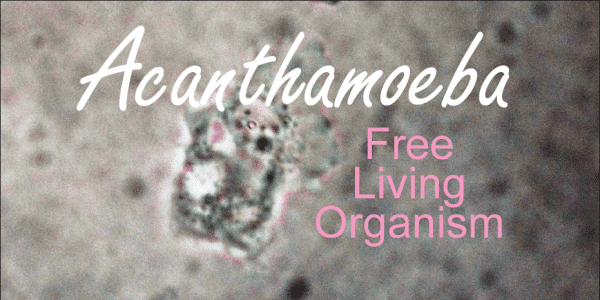What is acanthamoeba keratitis?
Acanthamoeba keratitis is a serious, although rare, infection of the eye that can cause permanent visual impairment or blindness. A single-celled microscopic living organism called Acanthamoeba can infect the cornea, the transparent outer covering of the eye. This organism is very common in nature such as bodies of water, soil and air.
Symptoms of acanthamoeba keratitis
Symptoms, similar to other eye infections, can last for several weeks or months. They may include eye pain, redness, blurred vision, sensitivity to light, a sensation of something in the eye and excess tearing. You should consult your eye specialist if you experience these symptoms. Acanthamoeba keratitis, left untreated, will eventually cause severe pain and possible vision loss or blindness.
How can acanthamoeba keratitis be avoided?
The acanthamoeba infection is most common in contact lens wearers, but anyone can be exposed. The risk of developing Acanthamoeba keratitis can be reduced by scheduling routine eye exams and by following proper contact lens care:
- Replace lenses as prescribed by your eye doctor
- Wash hands with soap and water before handling lenses
- Rubbing and rinsing lenses removes harmful residue and microbes.
- Remove lenses before any activity which has contact with water – swimming, showering, hot tub
- Store in proper cases which should be rinsed with sterile contact lens solutions (never tap water), emptied and left open to dry after each use. Replace after 3 months.
An eye doctor usually diagnoses the infection based on symptoms, growth of the amoeba by scraping the eye and/or by performing a confocal microscopy and then treating with prescription medication.
More: Are contacts putting you at risk for infection by parasite? – Original story by George Marshalek at WSB-TV 2
